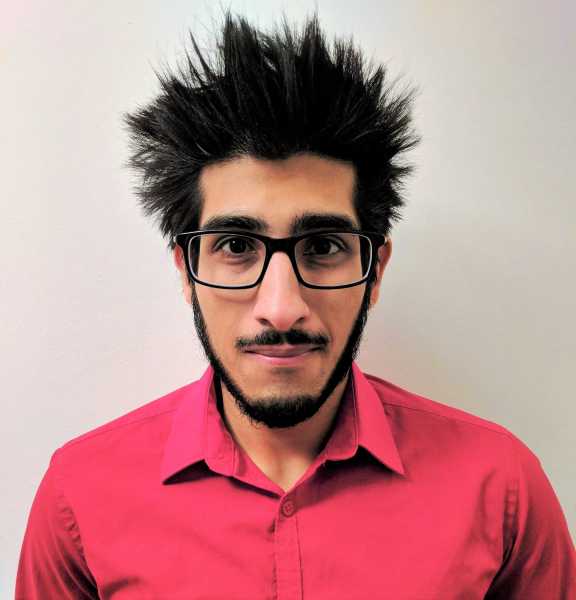
Japanese engineers have launched the world's first hybrid quantum supercomputer, called Reimei, which uses trapped ion qubits, as opposed to superconducting qubits that require charged atoms or ions to be isolated in an electromagnetic field. (Image credit: Getty Images/Yuichiro Chino)
The 20-qubit Reimei quantum computer has been paired with Fugaku, the sixth-fastest supercomputer on the planet. The hybrid platform will be designed to handle calculations that take significantly longer on traditional supercomputers.
In a joint statement, representatives from Quantinuum, the maker of Reimei, and Riken said the machine, located at Riken's research institute in Saitama, near Tokyo, will primarily be used for research in physics and chemistry.
Quantum computers have the potential to outperform classical computers in the future, performing calculations in minutes or seconds that would take millions of years for today’s most powerful machines. However, until quantum computers reach sufficient size and reliability, scientists say integrating their capabilities into supercomputers could serve as a temporary solution.
Unlike most quantum systems, which use superconducting qubits, Reimei uses trapped ion qubits, which involves isolating charged atoms or ions in an electromagnetic field known as an ion trap and using lasers to precisely control their quantum state.
This allows researchers to manipulate ions to use them as qubits that can store and process quantum information. Trapped ion qubits provide more connections between qubits and longer coherence times, while superconducting qubits have faster gate connections and are easier to manufacture on chips.
Riken officials said they chose the Quintinuum quantum computer for integration because of its unique architecture, which allows qubits to be physically moved around. This process, known as an “ion shuttle,” allows qubits to be moved around the circuit as needed, opening up access to more complex algorithms.
Error correction system
Qubits are inherently noisy, so to efficiently scale quantum computers, scientists are developing error-correction techniques to help improve the accuracy of qubits.
At Reimei, physical ion qubits were grouped to create “logical qubits” — sets of physical qubits that store the same information in multiple locations. Logical qubits are an important step toward reducing qubit errors because distributing data across multiple locations reduces points of failure: the failure of one qubit does not disrupt the ongoing calculation.
Previously, Quaintinuum achieved a breakthrough in creating a logical qubit with an error rate 800 times lower than that of physical qubits, which it integrated into its quantum computing processors.
Although Reimei-Fugaku is the first fully functional integrated hybrid system, other companies have tested similar systems before. In June 2024, IQM integrated a 20-qubit quantum processor into the SuperMUC-NG supercomputer in Garching, Germany.
However, the system is still in testing, and there is no date set for it to be fully operational. In October, IQM announced plans to integrate a 54-qubit system into a supercomputer in the second half of 2025, followed by a 150-qubit chip in 2026.
TOPICS japan

Keumars Afifi-SabetNavigation by
Sourse: www.livescience.com





